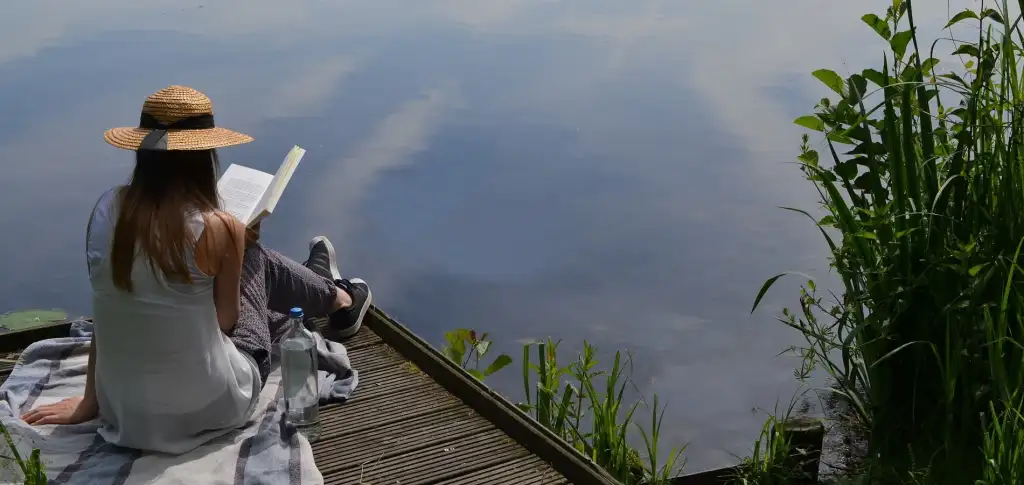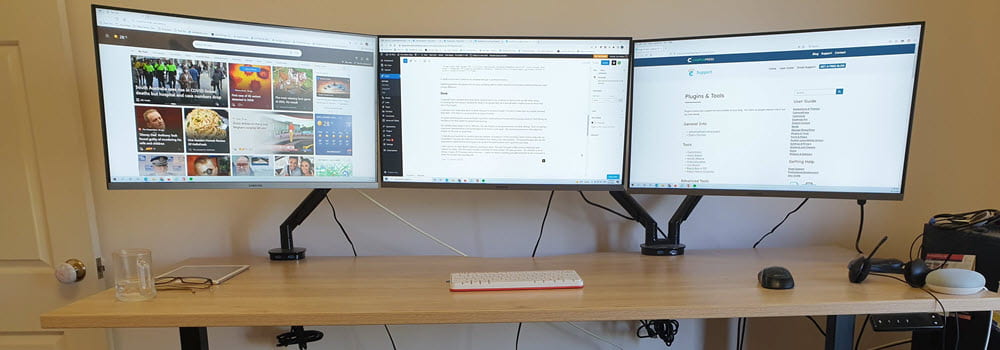Can you help?
I’m facilitating a session with Tzvi Pittinsky on using Crowd sourcing in the Classroom at ISTE 2015 and Tzvi decided that the best way to demonstrate the power of crowd sourcing is to crowd source our presentation.
Here is how you can help:
- Add a slide to the Google presentation, put up some text, perhaps add a picture, include your name and/or your Twitter handle or blog URL to share your ideas on how crowd sourcing can be used in the classroom.
- Share a link to our Google Presentation with your social networks. The more ideas we receive, the better we demonstrate the power of crowd sourcing and its use in the classroom.
- Leave a comment on this post to share links to any recent articles you’ve written on this topic or additional ideas we could include in our presentation.
Presentation Background
Inspiration for our presentation developed from the relationship Tzvi and I formed while crowd sourcing notes from the ISTE 2014 conference. Tzvi started crowdsourcing notes and resources being shared at ISTE 2014 into a Google spreadsheet when a friend of his asked if he could share his notes from sessions he attended with her as she wasn’t able to attend ISTE 2014.
Tzvi thought rather than just share his own reflections, and notes, with one individual; why not share his notes with everyone while also inviting others to share their own resources.
I wasn’t at ISTE 2014 but had decided to learn how much I could get out of ISTE from afar by being #NOTAtISTE using a range of different strategies — one of which involved curating the best information and content shared during the conference into the ISTE Insights Flipboard magazine with the help of Jeffrey See. Together Jeffrey and I curated over 936 articles shared during ISTE 2014.
While curating articles into the ISTE Insights Flipboard magazine I started seeing requests to add to Tzvi’s Google Spreadsheet being shared. It made logical sense for me to add links I saw into his Google spreadsheet while curating my Flipboard magazine since I was at home on a computer which is faster and easier compared to those at the conference.
After the conference Tzvi and I worked together to organize the Google spreadsheet into Categories to make it easier for others to search specific information.
You can read Tzvi’s reflections on this exhilarating experience here and here.
About our Presentation
Our plan is to demonstrate how participants at ISTE 2014 worked with global participants #NOTatISTE while encouraging participants to reflect on all the different ways crowdsourcing can be used in classrooms.
The crowd sourcing the presentation on Crowd sourcing in the Classroom is based on Tom Barrett’s Interesting Ways series.
Tom Barrett began his series of using Google presentations to crowdsource ideas about the uses of different tools for the classroom in November 2007 — starting with One idea, one slide, one image. Make sure you check out Tom Barrett’s series if you haven’t seen his Interesting Ways series.
Watch this video to see how crowd sourcing a Google presentation works.
Where’s Sue?
For those wondering if I’ll be at ISTE 2015 — the answer is no. I’ll be participating again in #NOTatISTE and will be presenting remotely from Australia with Tzvi who will be at ISTE 2015.
I’m hoping that some of my friends at ISTE 2015 will be able to attend our session Crowd sourcing ISTE: A Dynamic Model for Collaboration Inside and Outside the Classroom on Monday June 29 8:30-9:30 to assist Tzvi if needed.
What else?
Thanks again for any help you can provide with our presentation. Here’s the help again we need:
- Add a slide to the Google presentation, put up some text, perhaps add a picture, include your name and/or your Twitter handle or blog URL to share your ideas on how crowd sourcing can be used in the classroom.
- Share a link to our Google Presentation with your social networks. The more ideas we receive, the better we demonstrate the power of crowd sourcing and its use in the classroom.
- Leave a comment on this post to share links to any recent articles you’ve written on this topic or additional ideas we could include in our presentation.
Thanks to the #NOTatISTE community (especially Jen Wagner for setting up this amazing community), Jeffrey See for helping with the Flipboard Magazine, those at ISTE 2014 and Tzvi Pittinsky for the opportunity to present at ISTE 2015.






Leave a comment